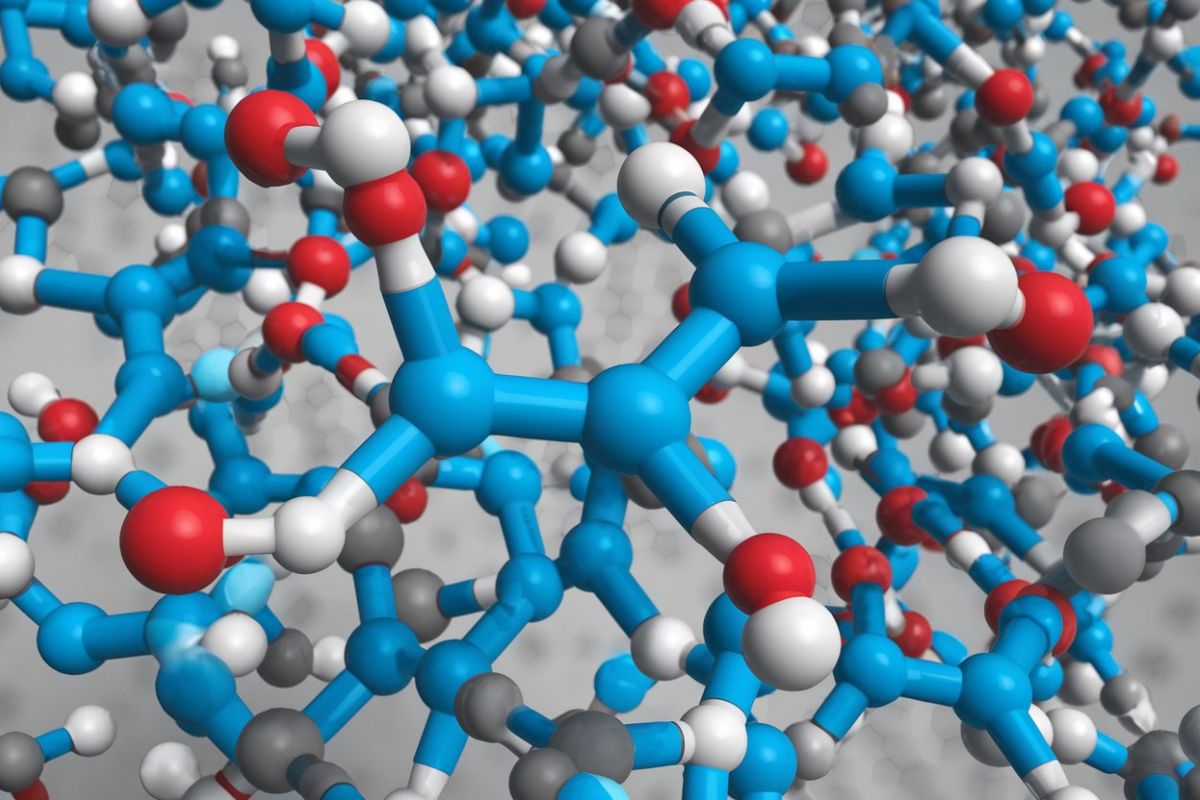
Erucic acid is a naturally occurring fatty acid found in various plants, especially in the mustard family. You might have heard about it in relation to canola oil or mustard oil. But what exactly is erucic acid, and why should you care? Erucic acid has been a topic of interest due to its potential health effects and industrial uses. While some studies suggest it could pose health risks, others highlight its benefits in specific applications. This blog post dives into 40 facts about erucic acid, shedding light on its sources, uses, and impact on health. Whether you're a science enthusiast or just curious, these facts will help you understand this intriguing compound better.
Key Takeaways:
- Erucic acid, found in plant oils, can impact heart health. Canola oil, with low erucic acid, is a safer alternative for consumption.
- Erucic acid has industrial uses in lubricants and plastics. Its presence in food products is regulated for consumer safety.
What is Erucic Acid?
Erucic acid is a monounsaturated omega-9 fatty acid. Found in various plant oils, it has been the subject of numerous studies due to its effects on health and industry.
- Erucic acid is primarily found in the seeds of the Brassicaceae family, including rapeseed and mustard.
- It has a chemical formula of C22H42O2, making it a long-chain fatty acid.
- This fatty acid is named after the genus Eruca, which includes arugula.
- Erucic acid is a major component of mustard oil, contributing to its pungent taste.
- It is also present in wallflower seed oil, though in smaller amounts.
Health Implications of Erucic Acid
Erucic acid has been scrutinized for its potential health effects. Understanding these implications is crucial for making informed dietary choices.
- High levels of erucic acid in the diet have been linked to heart disease in animal studies.
- The human body metabolizes erucic acid more slowly than other fatty acids.
- Excessive consumption can lead to the accumulation of fat in the heart, a condition known as myocardial lipidosis.
- The FDA limits erucic acid content in food oils to 2% to minimize health risks.
- Low-erucic acid rapeseed oil, also known as canola oil, was developed to provide a safer alternative.
Industrial Uses of Erucic Acid
Beyond its presence in food, erucic acid has several industrial applications. Its unique properties make it valuable in various manufacturing processes.
- Erucic acid is used in the production of lubricants and greases.
- It serves as a raw material for the synthesis of erucamide, a slip agent in plastic films.
- This fatty acid is also employed in the manufacture of surfactants and detergents.
- It acts as a precursor for the production of behenic acid, used in cosmetics and pharmaceuticals.
- Erucic acid is utilized in the formulation of nylon-1313, a type of synthetic polymer.
Erucic Acid in Food Products
Erucic acid's presence in certain foods has led to regulatory measures to ensure consumer safety. Knowing which foods contain this fatty acid can help manage intake.
- Traditional rapeseed oil contains up to 50% erucic acid.
- Canola oil, a modified version of rapeseed oil, contains less than 2% erucic acid.
- Mustard oil, commonly used in Indian cuisine, has high levels of erucic acid.
- Some fish oils contain trace amounts of erucic acid.
- Erucic acid can also be found in certain processed foods that use rapeseed oil.
Historical Context of Erucic Acid
The history of erucic acid is intertwined with agricultural and industrial developments. Its journey from a natural compound to a regulated substance is fascinating.
- Erucic acid was first isolated from mustard oil in the 19th century.
- The development of low-erucic acid rapeseed oil began in the 1960s.
- Canola oil was introduced to the market in the 1970s as a healthier alternative.
- Early studies on erucic acid's health effects were conducted on rats and pigs.
- The European Union established regulations on erucic acid content in food oils in the 1990s.
Erucic Acid in Agriculture
Erucic acid plays a role in the agricultural industry, particularly in the cultivation of certain crops. Its presence affects both the plants and their uses.
- High-erucic acid rapeseed varieties are grown for industrial purposes.
- Low-erucic acid rapeseed varieties are cultivated for food oil production.
- Mustard plants are bred for both high and low erucic acid content, depending on their intended use.
- Erucic acid content in crops can be influenced by environmental factors such as soil and climate.
- Genetic modification has been used to develop crops with desired erucic acid levels.
Environmental Impact of Erucic Acid
The production and use of erucic acid have environmental implications. Understanding these impacts can help in making sustainable choices.
- The cultivation of rapeseed and mustard plants requires significant land and water resources.
- Pesticides and fertilizers used in growing these crops can affect local ecosystems.
- The processing of erucic acid into industrial products generates waste and emissions.
- Sustainable farming practices can reduce the environmental footprint of erucic acid production.
- Research is ongoing to develop more eco-friendly methods of erucic acid extraction and processing.
Future Prospects of Erucic Acid
The future of erucic acid lies in balancing its benefits and risks. Ongoing research and innovation continue to shape its role in health and industry.
- Scientists are exploring the potential of erucic acid in biofuel production.
- Advances in biotechnology may lead to new uses for erucic acid in medicine.
- Efforts to breed crops with optimal erucic acid levels are ongoing.
- Public awareness of erucic acid's health effects is increasing, influencing consumer choices.
- Regulatory agencies continue to monitor and update guidelines on erucic acid content in food products.
The Final Word on Erucic Acid
Erucic acid, a fatty acid found in certain oils like mustard and rapeseed, has sparked interest due to its health implications. While it’s used in industrial applications and some traditional cuisines, high levels can pose health risks. Regulatory bodies have set limits to ensure safety in food products. Understanding erucic acid's role and effects helps make informed dietary choices.
Research continues to explore its potential benefits and risks, aiming for a balanced perspective. Staying updated on guidelines and scientific findings is crucial for those consuming products containing this compound. Knowledge empowers better decisions about what goes into our bodies.
Informed choices lead to healthier lives. So, keep an eye on labels, stay curious, and prioritize well-being. That’s the scoop on erucic acid—simple, straightforward, and essential for anyone mindful of their diet.
Frequently Asked Questions
Was this page helpful?
Our commitment to delivering trustworthy and engaging content is at the heart of what we do. Each fact on our site is contributed by real users like you, bringing a wealth of diverse insights and information. To ensure the highest standards of accuracy and reliability, our dedicated editors meticulously review each submission. This process guarantees that the facts we share are not only fascinating but also credible. Trust in our commitment to quality and authenticity as you explore and learn with us.


